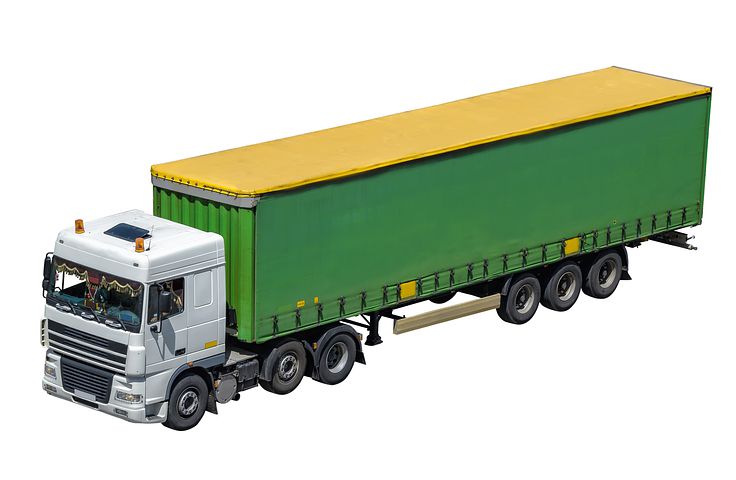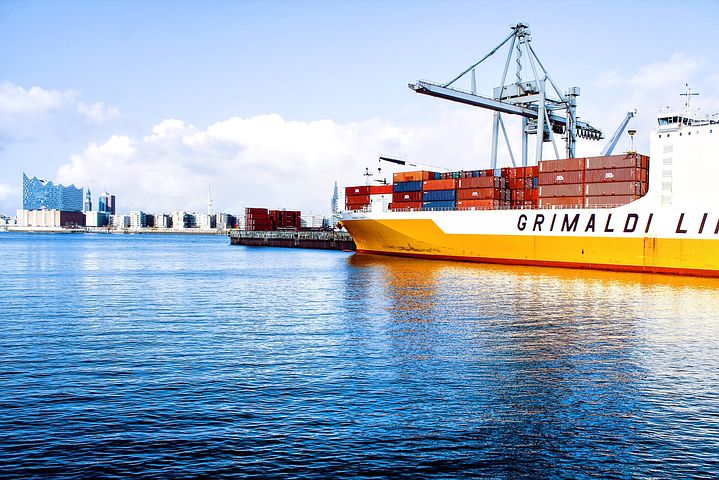A glance at the Motorways of the Sea

Last June the European Union published a detailed plan regarding the Motorways of the Sea (MoS). SeaforChange often looks into this field of maritime traffic, as it represents an important step for the implementation of sustainable transport. The plan that we will be talking about in this article and in others to come, is the result of a strong collaboration between Member States and the European maritime community.

Briefly
The program related to the MoS has a focus on the ro-ro traffic routes (short-sea shipping), maritime connections and associated maritime infrastructures, is a maritime pillar of the TEN-T network as well as the correlated funding program Connecting Europe Facility.
Indeed, it is based on the comprehensive and core networks of European ports and logistic centres or freight vollages, as well as corridors. As such, MoS are very well positioned to support the maritime industry and ports, prioritizing full integration of maritime operations along the logistic supply chain, increasing cargo flows along the routes based on the sea, reducing road congestion and, at the same time, increasing connectivity between Member States.

The maritime transport sector
The maritime transport sector is very important for Europe. In 2018, the 335 ports of the TEN-T network handled 3.8 billion tonnes of goods. Almost three quarters of this volume of cargo was handled within a corridor of the core ports, demonstrating the strong interconnection of maritime ports along the TEN-T network. More importantly, of the global goods handled by TEN-T ports in the European Union, two thirds (or 2.5 billion tonnes) were referred to short-sea-shipping, demonstrating its importance in the European market.
The implementation plan
The detailed implementation plan has the objective of continuing the sustainable development of this field in Europe with two main goals: guaranteeing a better integration of the MoS within the wider TEN-T policy, as well as enhancing the funding possibilities of the MoS.
The pillars on which it is based are: environment; integration with the logistic chain; safety; traffic management and the human element.
These pillars for SeaforChange are vital and we will be keeping you posted on all the news of this analysis and plan. We will be following this issue as we believe that the quality of transport should be improved to better the quality of our environment.
To follow the TEN-T Network map.

Source: MoS study consortium
